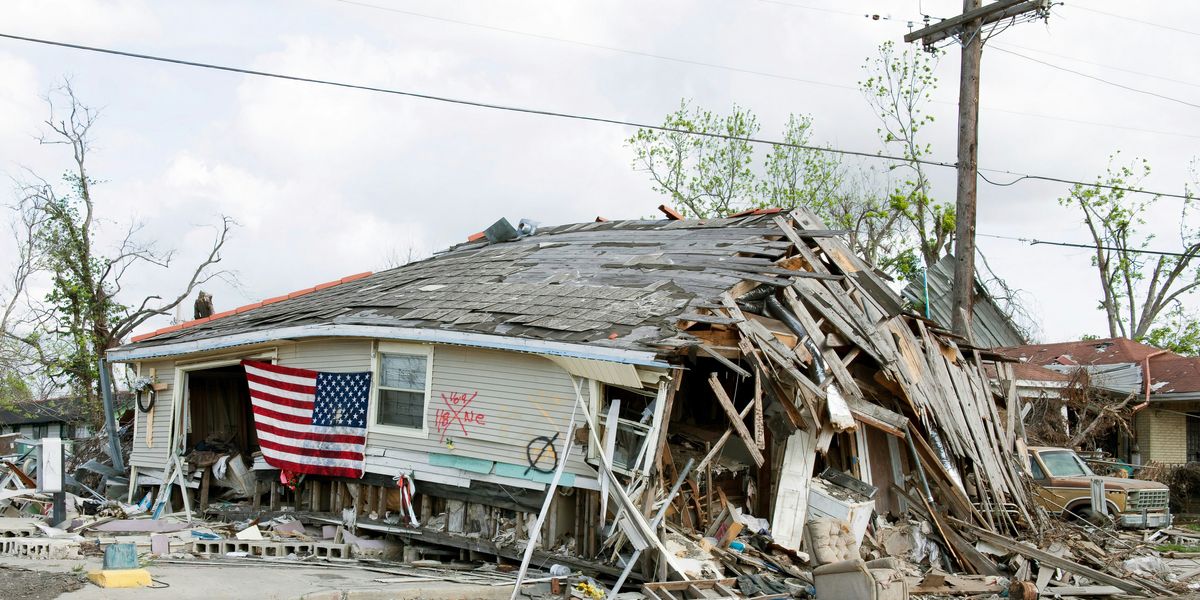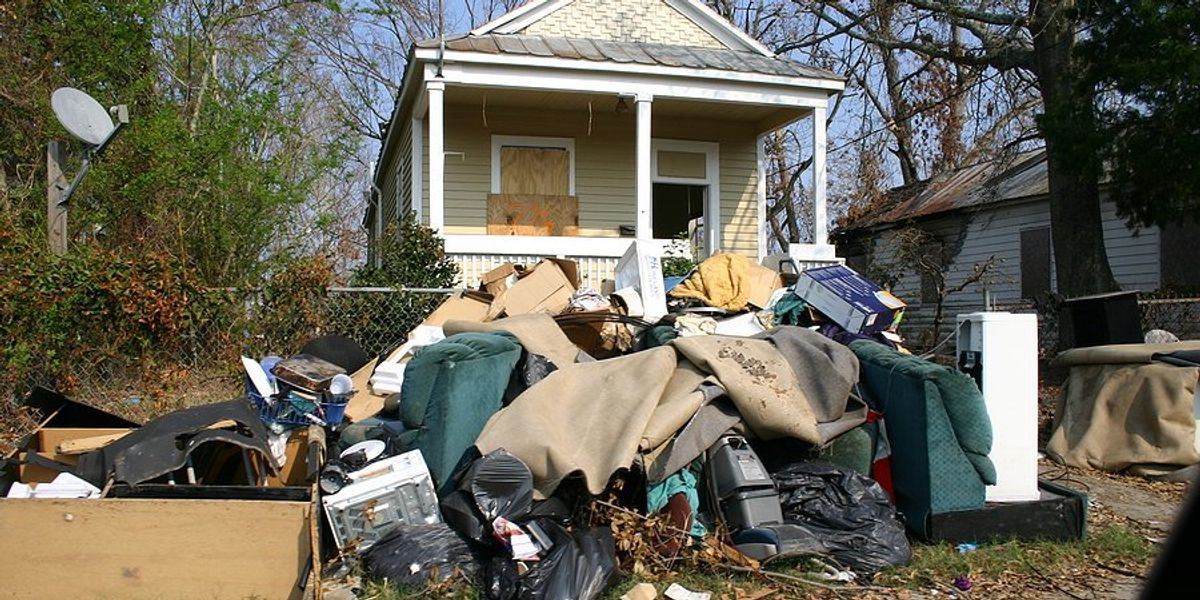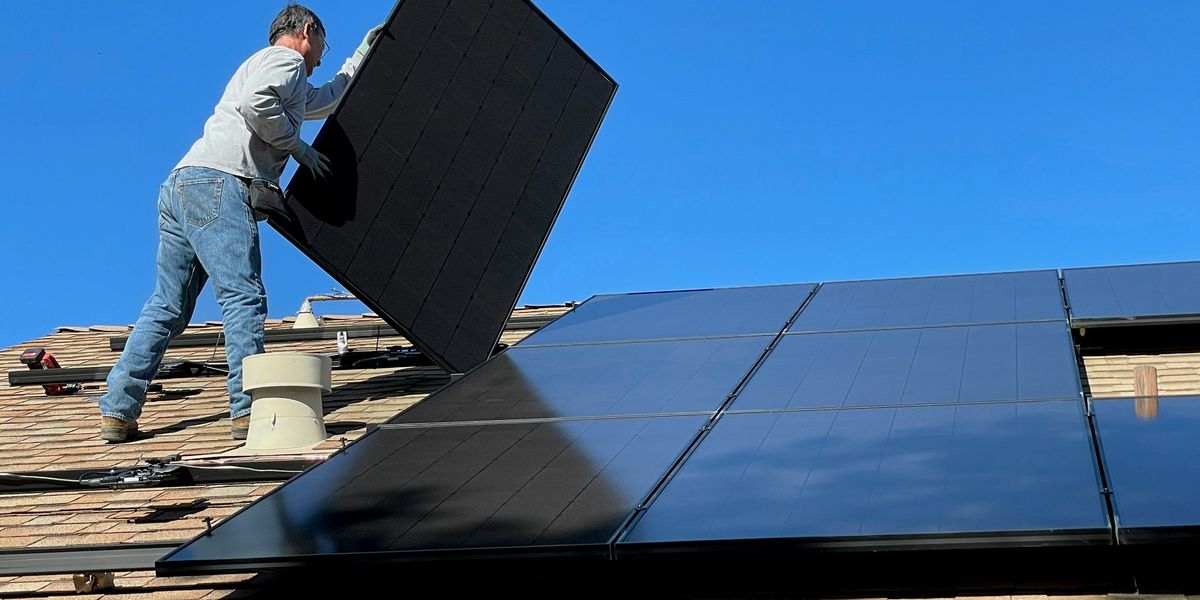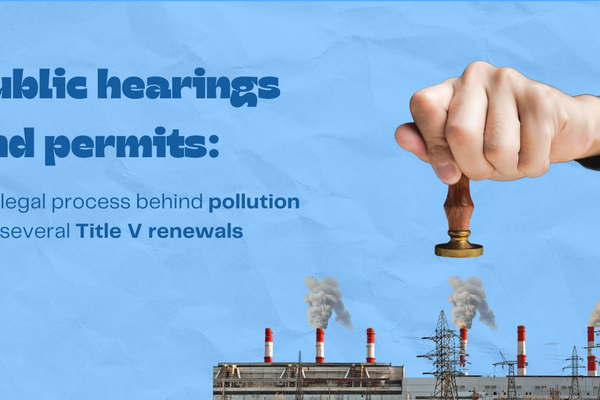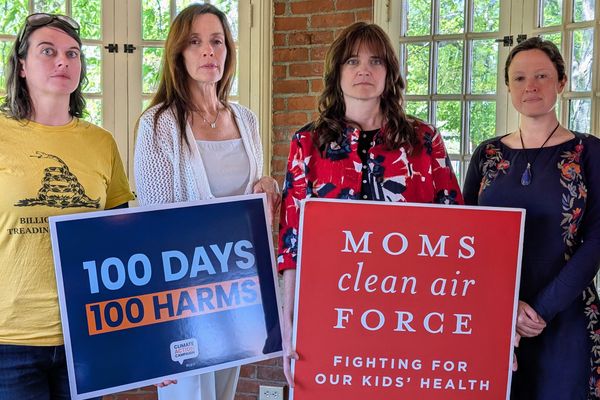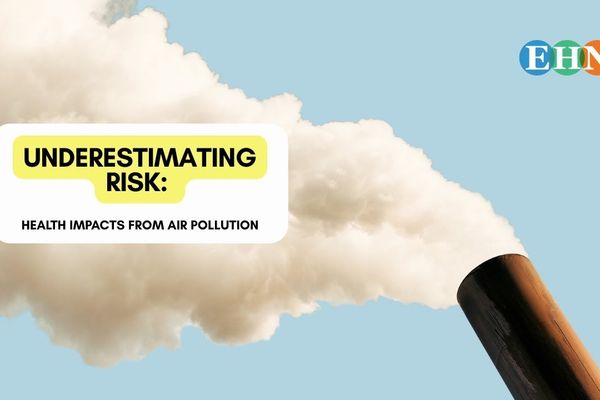
California backs off electric truck mandate but offers incentives
California has dropped its plan to require some truckers to switch from diesel to electric semis, fearing a federal rejection under President Trump, but hopes subsidies and other measures will keep the transition going.
Peter Eavis reports for The New York Times.
In short:
- California withdrew a regulation that would have required newly registered port trucks to be zero-emission, as it needed a federal waiver unlikely to be granted under the Trump administration.
- The high cost of electric trucks, long charging times and limited charging infrastructure have made widespread adoption difficult, particularly for small trucking businesses.
- Despite the setback, California is using subsidies and other incentives to encourage the switch, while some companies continue to invest in electric trucks.
Key quote:
“We know we have a lot of work to do, but we also have tools to accomplish this.”
— Liane M. Randolph, chair of the California Air Resources Board
Why this matters:
Diesel truck emissions contribute significantly to air pollution and climate change, particularly in areas near ports, where communities often suffer from high rates of asthma and other health issues. Heavy-duty transportation in California emits as much carbon dioxide annually as the entire country of New Zealand. The state's efforts to transition to electric trucks could reduce harmful pollution, but without mandates, adoption may be slow. The high cost of electric trucks and the competitive disadvantage for truckers who invest in them add further challenges, raising concerns about whether financial incentives alone will be enough to drive change.
Learn more: West Coast embraces electric big trucks, leading by example

